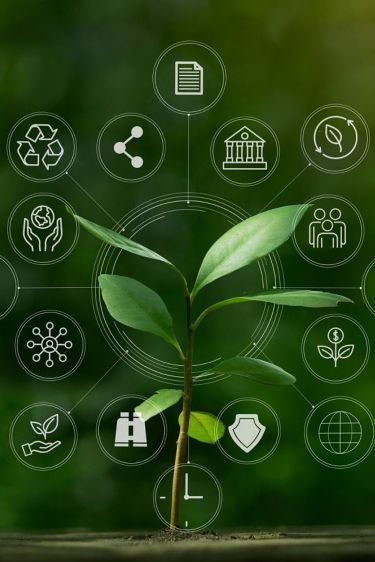Carbon rights solutions
Vietnam High Quality Forest Carbon Rights JREDD
Reducing carbon emissions from deforestation and forest degradation
Before the first light of dawn, the forest rangers have already started their daily patrols. The experience of protecting this forest for generations has made them realize a profound truth: protecting the forest means not only protecting the trees, but also more important things. “This healthy forest not only benefits us, it also purifies the air, prevents floods, and combats climate change. We are all part of a community with a shared future,” said a guardian.
Introduction to JREDD Forest Carbon Rights
The coastal area in north-central Vietnam is one of the most important forest and biodiversity areas. Spanning 6 provinces and over 5 million hectares of land. The region has five internationally recognized conservation corridors and a forest coverage rate of up to 60%.
In this precious forest, an innovative carbon credit project is turning climate goals into concrete action. Led by the Vietnam Forestry Administration, in partnership with local communities and stakeholders, and with financial and technical support from the World Bank’s Forest Carbon Partnership Facility (FCPF), this national forest protection JREDD program brings together the forces of government, businesses, and forest communities to reduce deforestation and degradation, increase carbon storage, and promote sustainable forestry management.
Every tree protected becomes an essential part of global climate action. Vietnam’s forest protection program has successfully reduced carbon dioxide equivalent emissions by 16.2 million tons. Investing in these carbon rights not only offsets emissions, but also directly supports the sustainable development of local communities. Carbon rights revenue is returned to the community to support the work of the Forest Guardians, creating a model that perfectly combines climate action and community development. “With more resources, we can do a better job of protecting trees. This is not just about protecting trees, it’s about protecting our shared future.”
- Issuing agency: ART, Verra
- Methodology: FCPF Framework
- Issued quota: 16.2 million tons of CO2e
- Crediting period: 2018-2024
Main impact:
- Sustainable forest management to reduce carbon emissions from deforestation and forest degradation
- Protect biodiversity and maintain ecosystem stability
- Support the development of forest communities, create stable income, and improve the quality of life of residents
Join us in protecting this precious forest. Investing in high-quality carbon rights not only reduces carbon emissions for the earth, but also demonstrates corporate responsibility and enhances brand image.
Understanding Carbon Rights
What are carbon rights?
Carbon rights represent the reduction of one ton of carbon dioxide equivalent (CO2e) emissions and are generated by verified carbon reduction projects. For example, by supporting projects such as afforestation or renewable energy, every ton of carbon rights purchased is equivalent to supporting the efforts of a project, achieving the reduction of one ton of carbon emissions and promoting global carbon reduction actions.
How does carbon offsetting work?
Carbon offsetting is a process whereby companies purchase carbon credits to offset their own unavoidable carbon emissions while creating a positive impact on the environment. However, the current carbon rights market still lacks unified standards, and the carbon reduction effects of different projects may vary, and there is even a risk of greenwashing due to excessive issuance. Therefore, it is crucial to choose a carbon rights project that has been rigorously verified to ensure that every ton of carbon rights purchased can bring real carbon reduction benefits.
Why do we need carbon rights?
Enhance corporate image:
International brand Apple has publicly pledged to achieve full carbon neutrality by 2030, demonstrating its commitment to the environment and successfully attracting more customers and investors who are concerned about sustainable development.
Supply chain requirements:
Comply with international supply chain carbon emission standards and enhance corporate competitiveness. Suppliers who fail to meet the standards may lose cooperation opportunities. For example, Microsoft requires suppliers to provide carbon emissions data and take carbon reduction actions to achieve its 2030 negative carbon goal.
Reduce risks: Faced with increasingly stringent environmental regulations, carbon rights have become an effective tool for companies to manage compliance risks. For example, the Corsia program launched by ICAO requires aviation companies to purchase carbon credits to offset carbon emissions that exceed the 2019 baseline.
Although there are challenges in the carbon rights market, it also prompts Yijing to pay more attention to transparency and carbon rights quality. Our professional carbon reduction project screening process and reliable third-party verification help overcome market uncertainties and make every ton of carbon offset a trustworthy investment.
Voluntary Carbon Market
In a mandatory market, the government sets carbon reduction targets and requires companies to achieve specified carbon reduction amounts within a specified period.
The voluntary carbon rights market provides companies with greater flexibility, allowing them to offset carbon emissions independently according to their needs. Yijing focuses on the voluntary carbon rights market, providing global carbon reduction project options to help offset carbon emissions immediately.
Participating in the voluntary carbon rights market not only has a positive impact on climate responsibility, but also can integrate into international carbon reduction actions, reduce future compliance costs, and further enhance competitive advantages.
Carbon rights type
Carbon rights provide companies with a practical solution to offset unavoidable carbon emissions, and are particularly suitable for situations where certain industries cannot completely eliminate carbon emissions due to technological or demand limitations. Although carbon rights are not the only way to solve climate problems, they can effectively make up for the shortcomings of emission reductions in these scenarios.
Carbon rights are mainly divided into two types, which complement each other and provide a comprehensive carbon reduction solution. By flexibly using different types of carbon rights, companies can break through existing technological limitations and contribute to global carbon reduction efforts.
Two types of carbon rights
Type 1: Carbon Removal
Capturing carbon dioxide directly from the atmosphere and storing it long-term in forests, soil or oceans to achieve permanent carbon removal. This is a proactive solution that can effectively reduce carbon dioxide concentration in the atmosphere and mitigate the impact of climate change.
Type 2: Carbon Reduction
Changes in production processes to reduce CO2 emissions, for example by improving energy efficiency or using renewable energy for electricity generation. Emphasis is placed on reducing carbon emissions at the source to prevent greater impacts on the climate.
A reliable source of carbon credits
Yijing provides high-quality carbon rights that meet internationally recognized standards, ensuring that every ton of carbon rights brings real environmental and social benefits. Our carbon credits are rigorously audited by leading global issuing agencies such as Verra and ART. These institutions not only provide professional standards and methodological guidance, but also establish a transparent carbon rights tracking system to avoid double counting of carbon rights and maintain the credibility of the carbon market.
- Open project developers and project plans
- Recording the issuance and transfer of carbon rights
- Assist the final buyer to cancel the carbon rights
The complete tracking system ensures the credibility of each carbon rights transaction, and promotes the development of a more transparent and high-quality carbon market through cooperation with the world's leading carbon rights issuing agencies.
How to choose carbon rights
There are hundreds of carbon rights, how to choose? You don’t need to face the complicated process of selecting carbon rights alone. Yijing provides professional assistance to help you screen out high-quality carbon rights and ensure that every ton of carbon rights can achieve real carbon reduction effects and achieve environmental and social added value. The following are the basic criteria for evaluating high-quality carbon rights:
-
1. Measurable, reportable, and verifiable
Carbon rights must be based on reliable data to quantify emission reductions and be verified by a third party to ensure their credibility.
-
2. Additive
The emission reduction effect is produced after the implementation of the project, and does not occur naturally without the project.
-
3. Conservatism
When calculating carbon reductions, a conservative approach is adopted to issuing carbon rights without over-estimation. Maintaining the integrity of the carbon market.
-
4. Permanence
The reduced carbon dioxide should be stored for a long time and a safeguard mechanism should be established to prevent it from being released back into the atmosphere.
-
5. No damage to the environment
Carbon reduction projects must avoid negative impacts on ecosystems and local communities and should achieve positive environmental benefits.
-
6. Avoid double counting
Ensure that each ton of carbon rights is only exchanged once, and prevent duplicate transactions through the issuance agency and tracking system.
[
Why are the additional benefits of carbon rights important?
Supporting carbon credit projects is not only about offsetting carbon emissions, but also about actively injecting new impetus into global climate action. Create sustainable natural, human and economic development. Explore the transformational power of carbon credits added benefits now. Explore the transformational power of carbon rights added benefits now!
]
Environmental benefits
Protect biodiversity, improve air and water quality, and restore ecosystems.
Social Benefits
Create local employment opportunities, improve health and education resources, and protect traditional culture.
Economic Benefits
Increase community income sources, stimulate the local economy, and promote infrastructure development.
Contact Us




